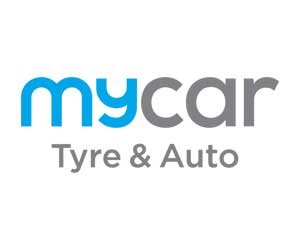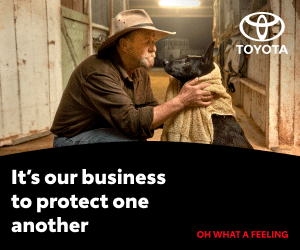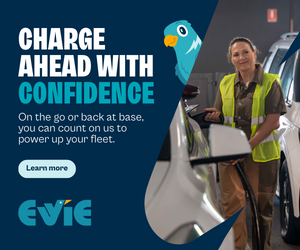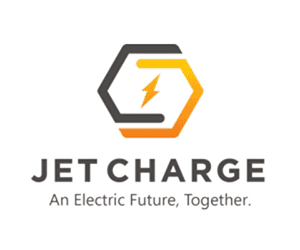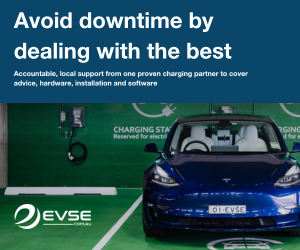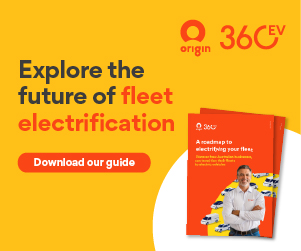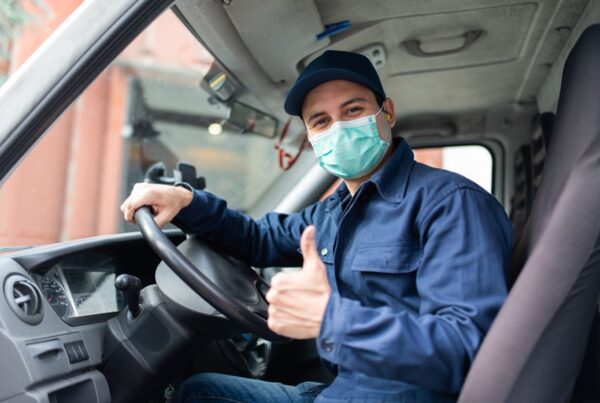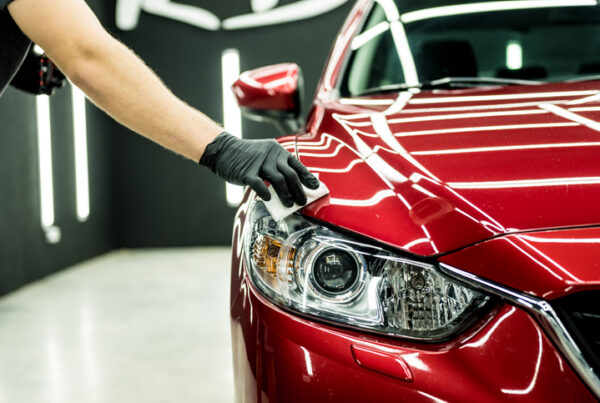Physical or “social distancing” in vehicles – refers to the requirement that people distance themselves from others.
Regardless of which region you live in the current health advice remains the same – everyone must keep at least 1.5 metres apart from others (outside of their family unit) where possible and that advice extends into the mobile workplace as well.
The below advice was provided by Safework Australia and by AfMA’s State Chapter Committees. It’s designed to help you manage the cleanliness of your fleet and ensure physical distancing laws are kept in place.
My workers need to travel in a vehicle (other than a public transport vehicle) together for work purposes. How do they practice physical distancing?
You must reduce the number of workers travelling together in a vehicle for work purposes. You should ensure that only two people are in a 5 seat vehicle – the driver and a worker behind the front passenger seat. Only one worker should be in a single cab vehicle. These measures may mean:
- more of your vehicles are on the road at one time
- more workers are driving and for longer periods than usual (if driving by themselves).
Because of this, you should review your procedures and policies for vehicle maintenance and driver safety to ensure they are effective and address all possible WHS risks that arise when workers drive for work purposes.
Tips for ride-sharing
Avoid physical contact with the driver such as shaking hands, and if you have to sneeze or cough do it into a tissue or into your arm behind the elbow and away from anyone else.
Sit in the back seat for better separation from the driver – for their protection as well as yours. Services that use an app for payment are good as it requires no physical interaction between driver and passenger.
“Given the impact of COVID-19 in different states, locations and work settings it is prudent to ensure masks are worn when any vehicle is being shared by people not from the same household,” AfMA’s Executive Director Mace Hartley says.
Should we approach longer trips differently?
If workers are required to travel together for work purposes and the trip is longer than 15 minutes, air conditioning must be set to external airflow rather than to recirculation or windows should be opened for the duration of the trip. You must also clean vehicles more frequently, no matter the length of the trip, but at least following each use by workers.
UPDATE: Physical distancing varies depending on various state and territory laws. Here is what the specifications area for your state.
Victoria:
Alongside general social distancing facemasks are mandatory when sharing a vehicle with another person outside of your household (ie – all work employees). When catching an Uber, taxi or ride-share service wear a mask and sit in the rear passenger seats rather than the front. When you are travelling in a vehicle by yourself or with other members of your household you don’t need to wear a facemask. Bear in mind that given the strict restrictions in this state, many businesses are now closed so it’s possible your fleets might be grounded entirely within the Victorian region.
Click here for more information about Victoria’s workplace restrictions and advice.
All other states:
Practise general physical distancing at all times. When catching an Uber, taxi or ride-share service wear a mask consider sitting in the rear passenger seats rather than the front.
Please read the following state-based advice for workplaces and click on the links for further information:
New South Wales: “Under WHS law, all employers or businesses are required to manage the risk of COVID-19 to workers and others in the work environment.”
Queensland: “Put in place a plan to respond to COVID-19 and to any directives issued by Queensland Health—this should include infection prevention and control policies and procedures, safe systems of work, how workers and their HSRs will be consulted, and how you will monitor and update your plan as public health information changes.”
Tasmania: “The Department of Health has produced an information sheet and checklist for pool vehicle/fleet managers and for drivers. Copies of these documents should be made available to each driver when they collect the car keys.”
South Australia: “PCBUs need to keep up to date with the latest COVID-19 information and advice to ensure that they maintain a healthy and safe workplace. sa.gov.au is the central source of information for all South Australians and will keep you informed with local and reliable COVID-19 information.”
Western Australia: “The following information has been developed to assist employers and employees meet their safety and health obligations.”
Australian Capital Territory: “We are Canberrans like you, working hard to deliver services in new ways during COVID-19. Transaction processing and service delivery may take longer at this time. Your kindness, patience and support are appreciated.”
Northern Territory: “Coronavirus.nt.gov.au is the centralised website for information on the Northern Territory Governments response to Coronavirus (COVID-19).”
This is a general guide only and you agree not to hold AfMA liable for any damages due to using the information contained within.
For details on Cleaning and sanitising guidelines (COVID-19), click here

















